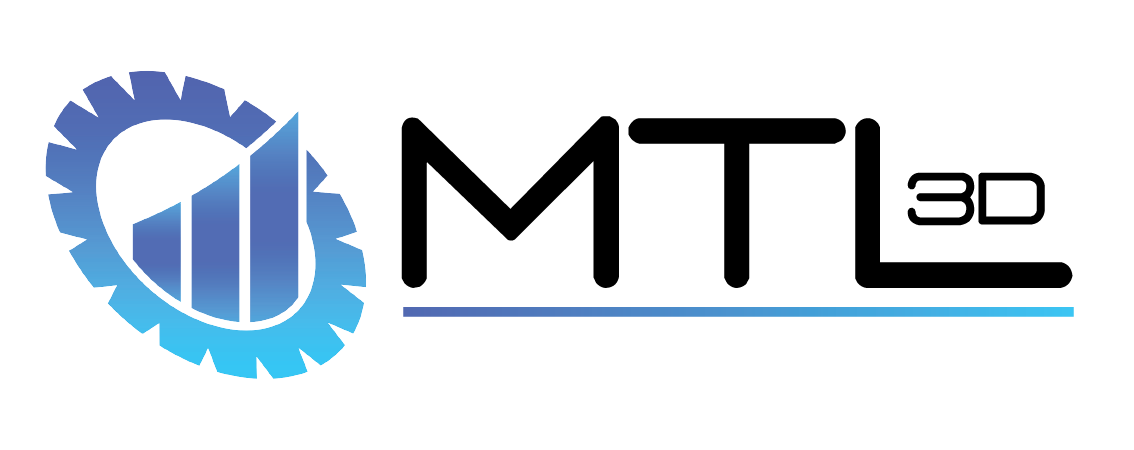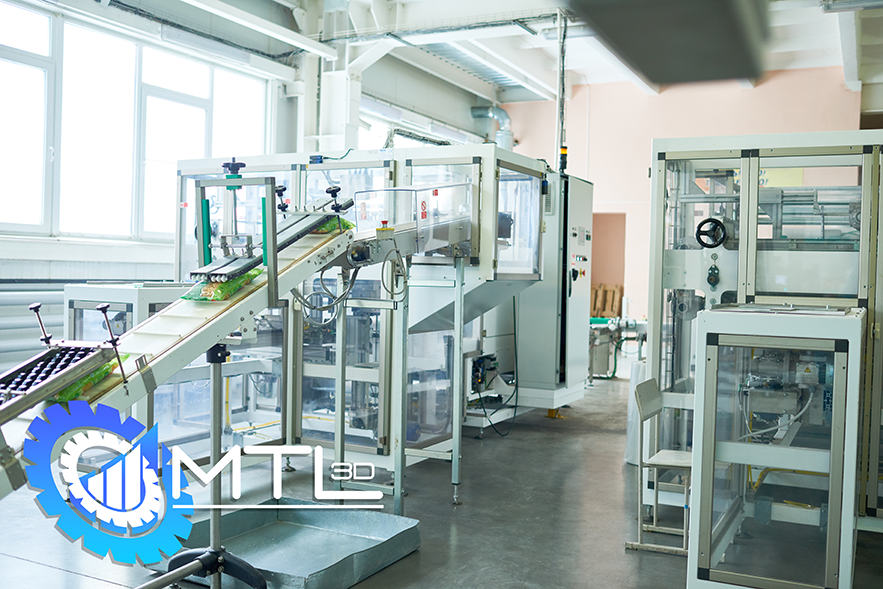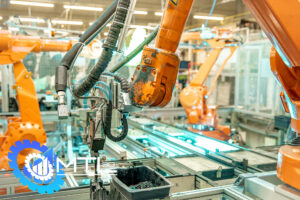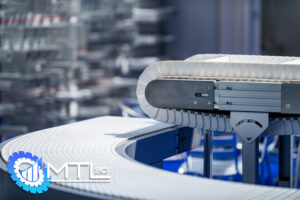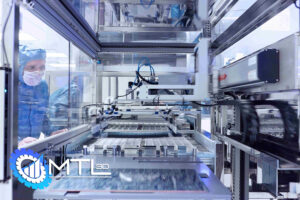Introduction to Post-Inspection Sorting Automation
In today’s rapidly evolving manufacturing landscape, efficiency and precision are paramount. Industries such as aerospace manufacturing demand stringent quality standards, making the integration of advanced technologies essential. One such advancement is the automation of post-inspection sorting processes, where MTL-3D’s robotic solutions play a pivotal role. By seamlessly connecting Blazer inspection results with optimized sorting systems, MTL-3D enhances post-inspection processes like deburring, chemical processing, and trimming, leading to significant improvements in workflow optimization and overall efficiency.
A statistic that highlights the importance of automation: According to a report by Deloitte, automated sorting systems can increase manufacturing efficiency by up to 30% while reducing error rates by nearly 90%. This underscores the necessity of integrating automation into post-inspection processes for industries that rely on precision engineering.
The Role of Non-Contact Inspection in Aerospace Manufacturing
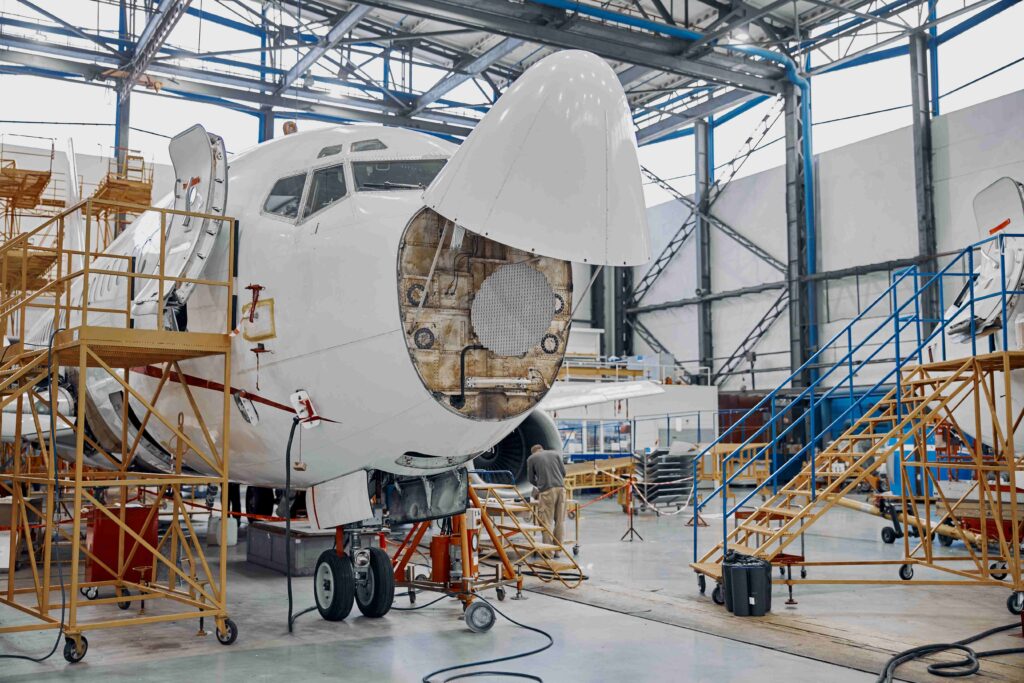
Aerospace manufacturing requires unparalleled precision due to the critical nature of its components. Traditional contact-based inspection methods can be intrusive and may inadvertently alter delicate parts. Non-contact inspectiontechniques, such as those employed by MTL-3D’s Blazer systems, utilize optical technologies to assess components without physical interaction.
Why Non-Contact Inspection Matters
- Preserves structural integrity – Unlike traditional methods, non-contact inspection does not damage fragile components.
- Delivers highly accurate results – Ensures precision in measurements without interference.
- Reduces inspection time – Faster inspections improve overall workflow optimization.
Integrating non-contact inspection into the production line not only maintains the structural integrity of aerospace components but also accelerates the quality assurance process, ensuring efficiency in post-inspection sorting.
Connecting Blazer Inspection Results with Optimized Sorting Systems
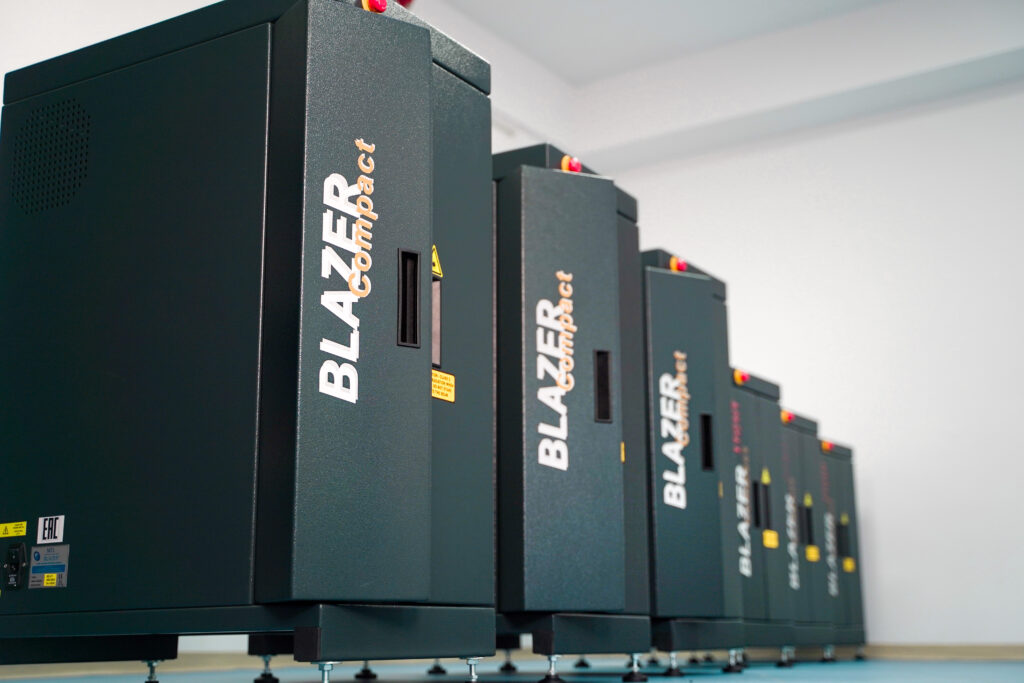
The data obtained from Blazer’s non-contact inspections serve as the foundation for automated sorting. MTL-3D’s robotic solutions analyze these results in real time, categorizing components based on quality metrics. This automated decision-making process ensures that each part follows the appropriate path:
- Pass: Components meeting all specifications proceed to assembly or packaging.
- Rework: Parts with minor deviations are directed to processes like deburring, chemical treatments, or trimming.
- Scrap: Items with significant defects are identified for recycling or disposal.
By automating this sorting process, MTL-3D minimizes huma
Enhancing Post-Inspection Sorting Processes with Robotic Solutions

Automation extends beyond sorting; it encompasses various post-inspection processes crucial in aerospace manufacturing:
1. Deburring – Eliminating Sharp Edges and Imperfections
Unwanted material remnants, or burrs, can compromise the performance of aerospace components. MTL-3D’s RoboMate systems, equipped with high-accuracy sensors, perform adaptive grinding and polishing based on Blazer’s inspection data.
- Ensures uniform deburring for all components.
- Eliminates variability in post-processing.
- Maintains critical aerospace tolerances required for performance and safety.
This robotic solution ensures consistent removal of imperfections, maintaining the aerodynamic properties essential for aerospace parts.
2. Chemical Processing – Surface Treatments for Quality Enhancement
Surface treatments enhance durability and resistance to environmental factors. Automated sorting directs components to appropriate chemical processing stations based on their inspection outcomes.
- Anodizing & electroplating: Strengthens metal components.
- Passivation: Improves corrosio
n resistance. - Coating applications: Enhances aesthet
ic & functional properties.
This automation ensures that each part receives the necessary treatment, optimizing workflow and reducing the potential for manual sorting errors.
3. Trimming – Precision Cutting for Final Adjustments
Precision trimming is vital for components to fit seamlessly into larger assemblies. MTL-3D’s automated systemsutilize real-time inspection data to guide robotic trimming tools, ensuring each part meets exact specifications.
- Laser-guided trimming improves accuracy.
- Prevents defects from entering final assembly.
- Minimizes material waste, increasing efficiency.
By automating sorting before trimming, manufacturers achieve higher accuracy and reduce the risk of defective products entering final assembly.
Benefits of MTL-3D's Automated Sorting Solutions
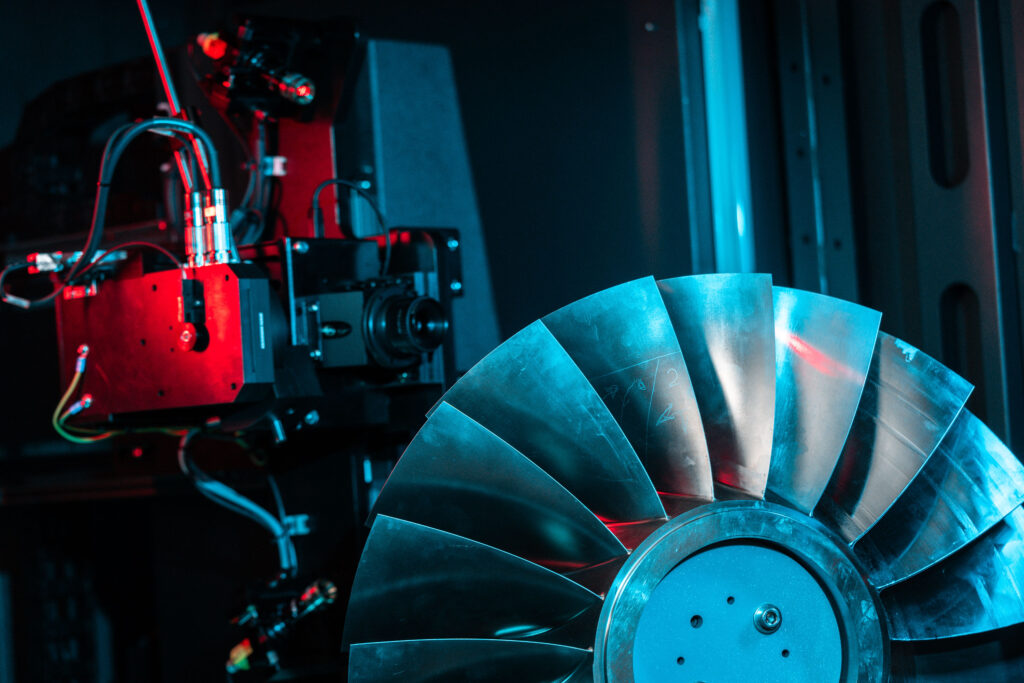
1. Increased Accuracy and Consistency
MTL-3D’s robotic solutions eliminate human error, ensuring that products requiring additional processing are accurately identified and routed.
2. Faster Processing and Throughput
Automation significantly reduces bottlenecks in post-
3. Reduced Labor Costs and Manual Workload
By removing the need for manual sorting and post-inspection decision-making, manufacturers can optimize workforce allocation and reduce operational costs.
4. Improved Quality Control
With direct integration between Blazer inspection and MTL-3D sorting, manufacturers can enforce stricter quality standards with minimal waste.
5. Seamless Integration with Existing Systems
MTL-3D’s solutions are designed to be compatible with a wide range of manufacturing environments, making implementation smooth and hassle-free.
Conclusion
Incorporating MTL-3D’s automated sorting solutions, grounded in non-contact inspection data from Blazer systems, revolutionizes post-inspection processes in aerospace manufacturing. By integrating robotic solutions into tasks such as deburring, chemical processing, and trimming, manufacturers achieve unparalleled precision, efficiency, and workflow optimization.
A study by McKinsey & Company estimates that automating post-inspection processes can increase overall production efficiency by 40% while reducing defects by 25%. Given these substantial benefits, embracing automation is no longer optional—it is essential for modern manufacturing success.
By adopting MTL-3D’s cutting-edge robotic solutions, companies can enhance product quality, reduce costs, and streamline operations, positioning themselves at the forefront of aerospace innovation.
For more information on MTL-3D’s products and how they can transform your manufacturing processes, visit our products page.
